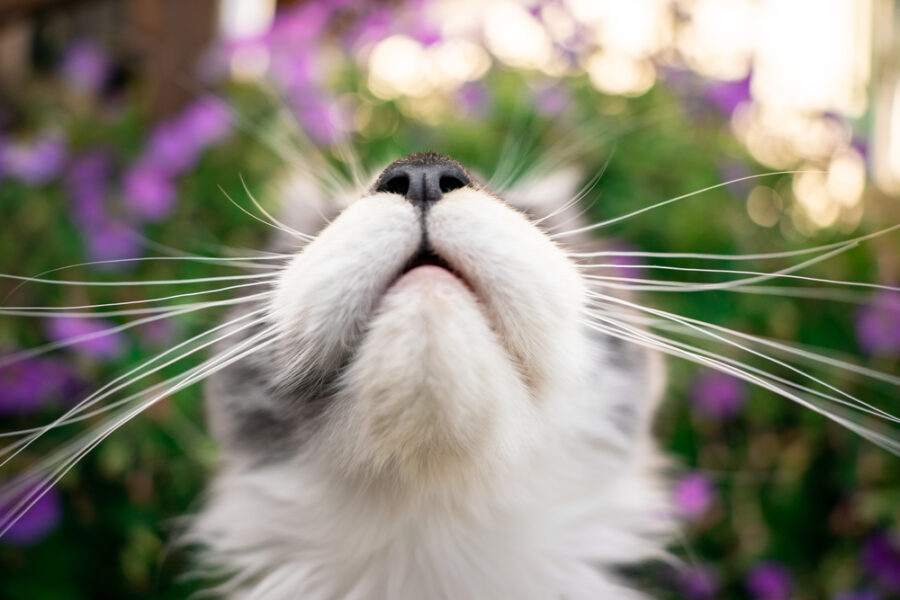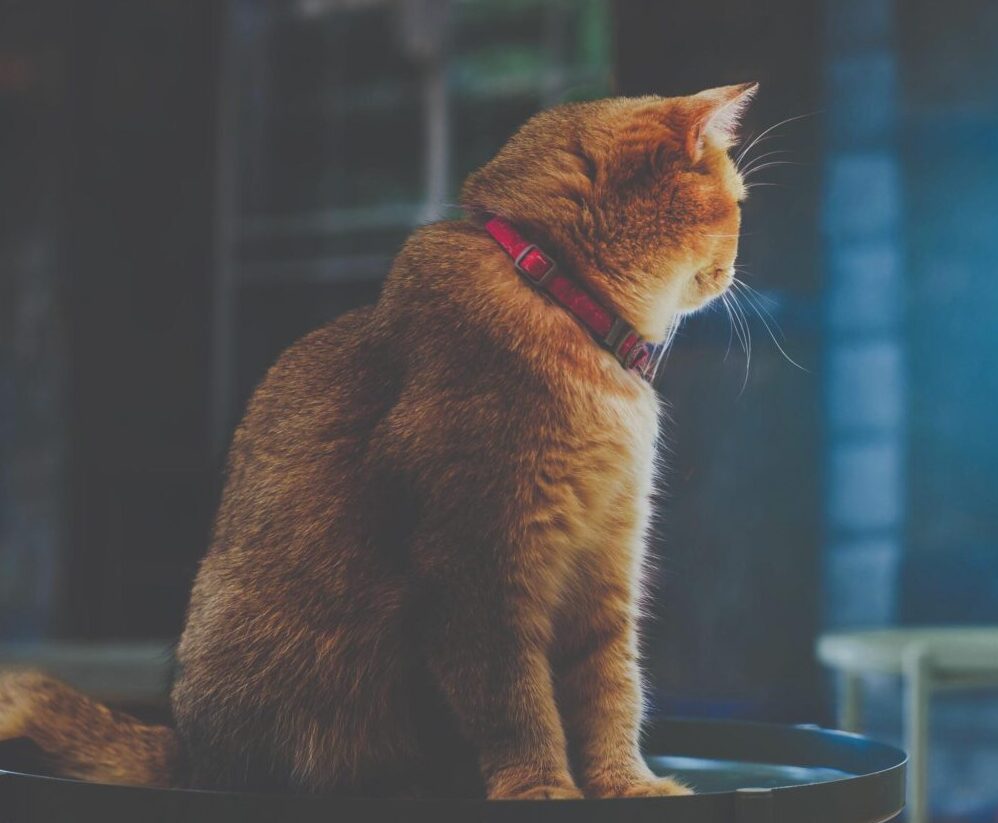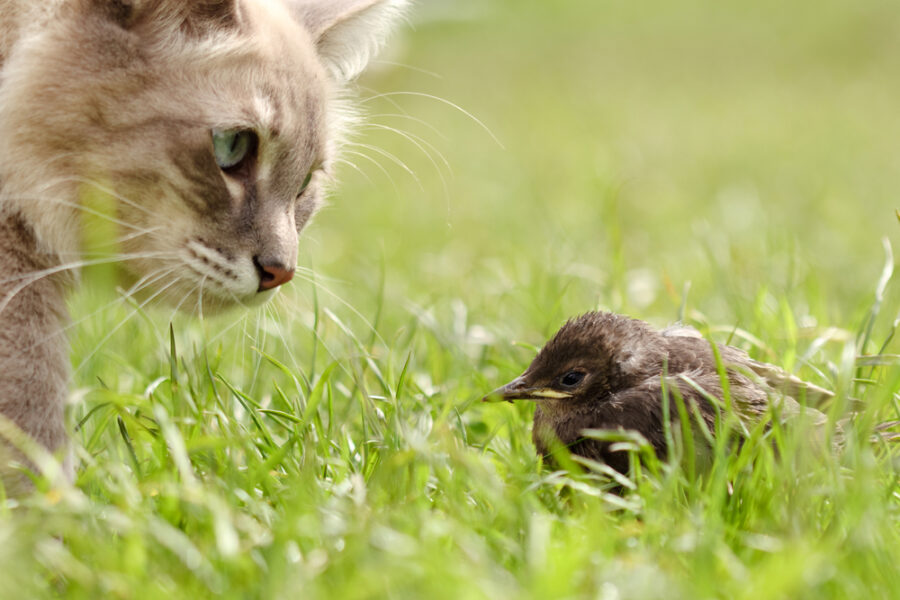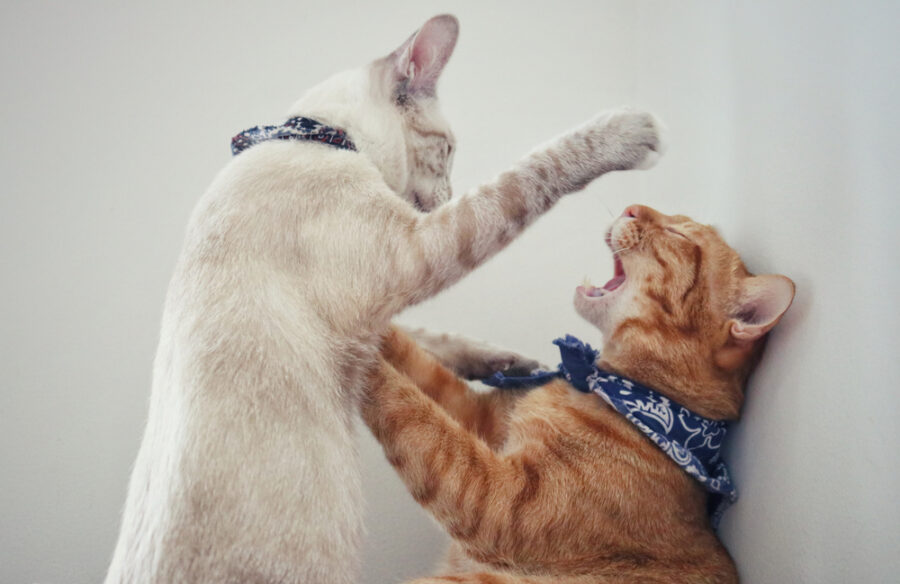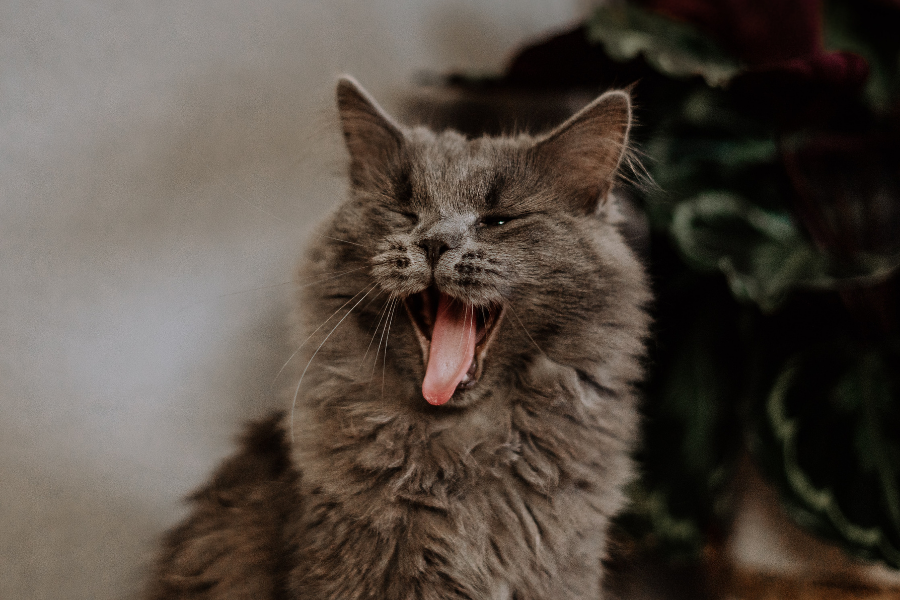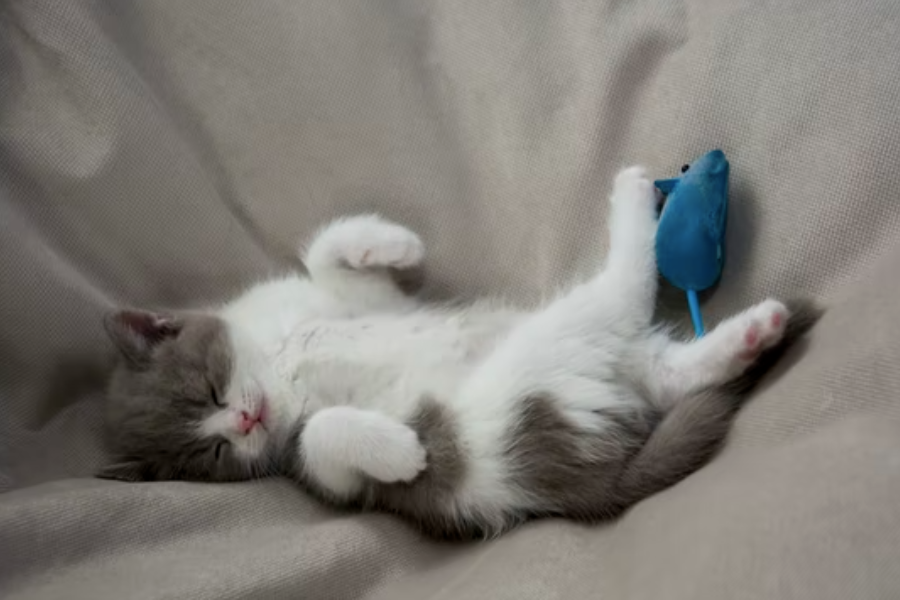Did you know your cat orients himself by scent, or that he has a unique nose print? Check out these fun and fascinating facts about the feline nose and its amazing sense of smell.
You might not think much about your cats nose, except how cute it looks, but did you know it features over 200 million scent receptors? This is just one of many remarkable facts about the feline sense of smell. Read on for seven fun facts about your kittys nose and his olfactory powers.
1. KITTENS CAN IDENTIFY THEIR MOTHERS BY SMELL
The sense of smell is often referred to as the olfactory system. This simply means an ability to inhale and identify scents. Its a skill kittens are born with, when their eyes are still closed. A newborn kittens sense of smell helps him find the scent of his mother and nestle close to drink milk. The scent of the mother is said to remain in the kittens memory for up to one year, according to the American Veterinary Association of Animal Behavior.
2. YOUR CATS SENSE OF SMELL IS MUCH BETTER THAN YOURS
Thanks to those 200+ million scent receptors on a cats nose, our kitties can smell much better than we can, notes Dr. Carly Patterson of the Texas A&M College of Veterinary Medicine & Biomedical Sciences. Cats dont smell as well as dogs, whose noses have far more scent receptors, but recent research has shown cats may be better than dogs at discerning between different smells.
3. CATS ORIENT THEMSELVES BY SCENT
Cats live in a scent-oriented world. Their sense of smell helps them find their way home, guides them to prey, and even detects the gender of another cat just by sniffing urine. It also enables them to smell food and know whether its good to eat, or has passed its best before date! Cats have very few taste receptors, so if their food has a good smell then its time to tuck in.
4. KITTIES CAN ALSO SMELL WITH THEIR MOUTHS
Have you ever seen your cat sitting with her mouth partly open and a faraway look in her eyes? Shes most likely scenting the air with a special organ located in the roof of her mouth. Called the vomeronasal organ, or Jacobson organ, it can detect pheromones in the air, a mixture of cat secretions such as urine, saliva, and sweat. Dogs do not possess this ability and are unable to smell pheromones.
The Jacobson organ is like a scent analyzer for odors cats dont recognize.
According to Kai Zhao, associate professor of otolaryngology and author of a recent study at Ohio State University, its like you take a sniff, the air is shooting back there and then is being processed for a much longer time. This means that instead of air being breathed through the nose and into the respiratory system for analysis, it is taken in by the Jacobson organ instead. Cat Expert Pam Johnson-Bennett adds that this organ is like a scent analyzer for odors cats dont recognize.
5. A CATS NOSE COLOR DOESNT ALWAYS MATCH HIS FUR COLOR
Its been said that the color of a cats nose matches his fur e.g. black cats have black noses, white cats have pink noses, orange cats have orange noses, and gray cats have gray noses. But this isnt always the case. When studying the developmental genetics of color patterns in cats, researchers from the Department of Genetics at Stanford University School of Medicine found that the cats fur (and nose) color and patterns are associated with breed, genetics, and age. Some cats even have freckles on their noses.
6. EACH CAT HAS A UNIQUE NOSE PRINT
Just like human fingerprints, each cats nose print is unique. Cats have special bumps and ridges on their noses that form this print. The World Animal Foundation estimates there are about 300 to 600 million cats in the world today, so thats a lot of nose prints! Thanks to advancing technology, there are now apps that can locate a cat using her nose print you simply upload a photo of your cats unique nose print, with the option of adding other details such as breed or color, and the info gets logged into a data finding locator.
7. THE SKIN ON A CATS NOSE FEELS LIKE LEATHER
If you touch the skin on your kittys nose, youll find it has a leathery feel. Known as nose leather, also called the rhinarium by scientists, this moist, naked surface around the nostrils helps the cat sense wind direction or sniff her way home or to food.
Check Your Cats Nose
Veterinarian Dr. Karen Becker recommends checking your cats nose while shes sleeping. Is her nose dry or wet, cool or warm? Is her mouth closed or slightly open? A cats nose leather can also be subject to sunburn or the effects of extreme cold, so make sure it isnt flaking, chapped, or scabby. Any persistent change in the appearance of your cats nose warrants a trip the veterinarian.
Take time to familiarize yourself with your cats unique nose. Knowing something about his nose and sense of smell will help you better understand and care for your kitty.

